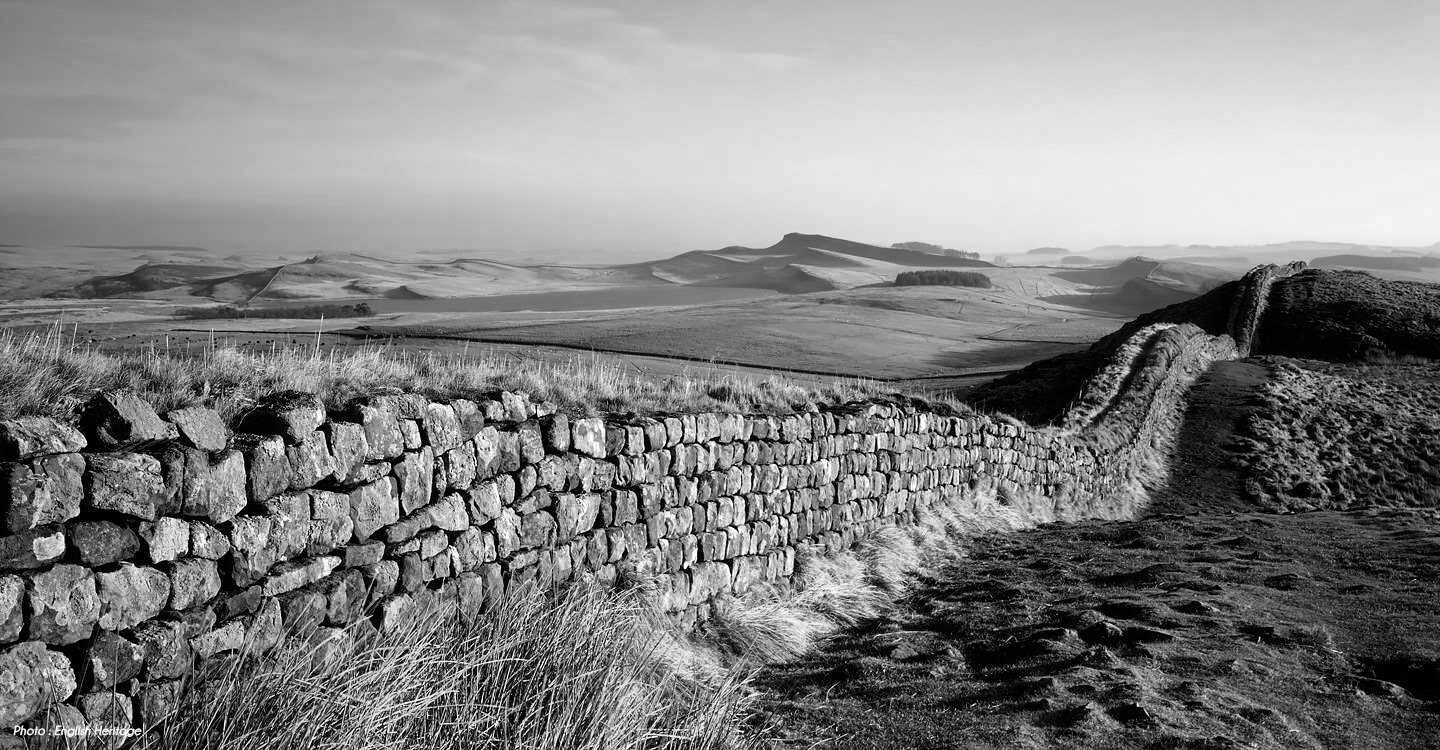RIBA Beyond Borders
An installation and sculpture to the human condition.
Prelude. Human history is really the history of migration. Humans have travelled long and far to new lands in search of new opportunity. The most sophisticated civilisations were born where human movement was abundant. We live in a world that is increasingly globalised and borderless in the sense of the movement of capital and commodities. However, governments and opposition parties are going to extraordinary lengths to reinforce border controls with physicals barriers, policing and technological controls in order to restrict the free movement of people. The ideology of nationalism dates back as far as the Renaissance, where loyalty to the state was paramount and designating others as outsiders. Throughout history borders have continuously changed in form and porosity. Some borders have completely disappeared, a few remain like an eroded witness of a past time. Borders themselves metaphorically also emphasise a dichotomies or polarisation, that it be between nations or people, they provide a framework for categorisation, sometimes over simplified and neglect the impact on the human level. What is the impact of borders on a human scale? How can we question and discuss the relevance of borders today? Can borders really stand the test of time?
Concept. A border in its most rudimentary form, physically manifests its selves most commonly as division between different entities, a wall. To illustrate the porosity and erosion of borders through time, we have taken the physical wall and morphed through two simple adjustments. Firstly, by pushing the wall forward, as a representation of people’s resistance to the physicality of a border. Then, pushing the subsequent protrusion down into the ground representing how physical barriers do not stand the test of time, collapsing or eroding away (fig. 5 &6), in turn, creating an opening between the two sides. The possibility of movement is now possible between the two spaces. Promoting the connecting of two different entities, bringing them closer to together to encourage more interaction.
This idea was then integrated with a functionality that is somewhat contradictory to borders. Seating. We created two types of seating on either side of the ‘wall’, representing the differences between two factions. These two seating areas are then connected via the structure of the wall that dissolves into the ground, at the halfway point, connecting the two side, creating a space, and connecting people so they can communicate. The border bench will be manufactured out of CNC sheets of Birch Ply wood, assembled with extremely simple spacers between each layer of contour. Meaning, on one hand, it is cost effective but also that the installation will be simple enough to assemble and move, that members of the Young Persons Foundation could participate in the building of the structure. As for the legacy of the installation, we see a future of this project as a bench, where ever that maybe be inside or outside, in a park or at bus stop. The installation is made up on two separate volumes, which gives the opportunity for the installation to be adapted to a multitude of spaces.
Proposal.To represent two different conditions coming together and meeting in the middle, each edge of the bench are different seating conditions. From one side to the other the bench progresses from a leaning bench to a seated bench, in the middle an opening is created that connects the two different sides. The proportions are base on (fig. 8) on an average study of the human body, in leaning to fully seated positions. The contours of the bench progress from outline and merging into its counterpart further down the bench. (fig. 9). The contour edges of the ply are painted with every colour of the visible spectrum to emphasise the progression of form but also to signify unity and solidarity. (fig. 13 & 14 )




